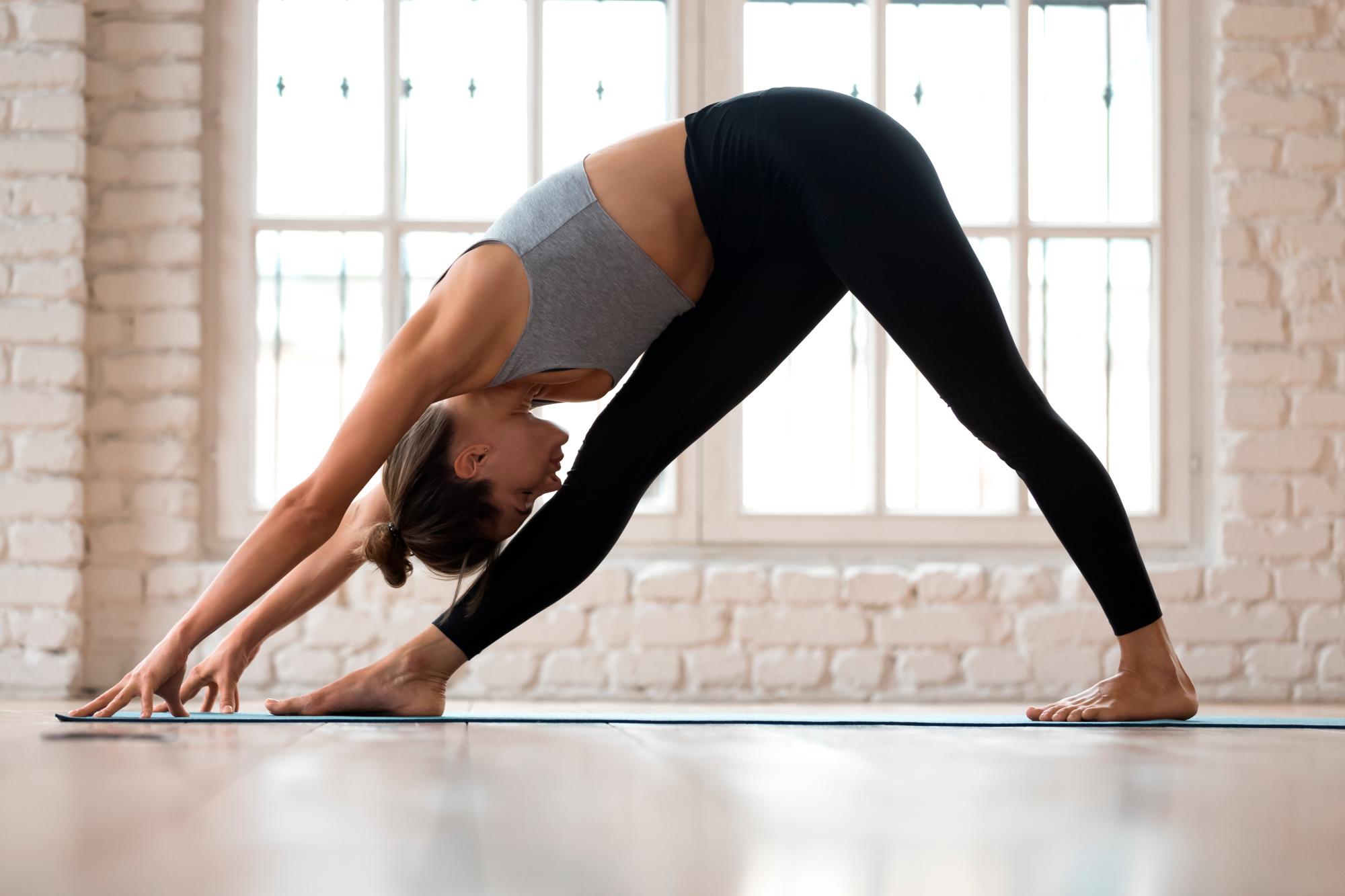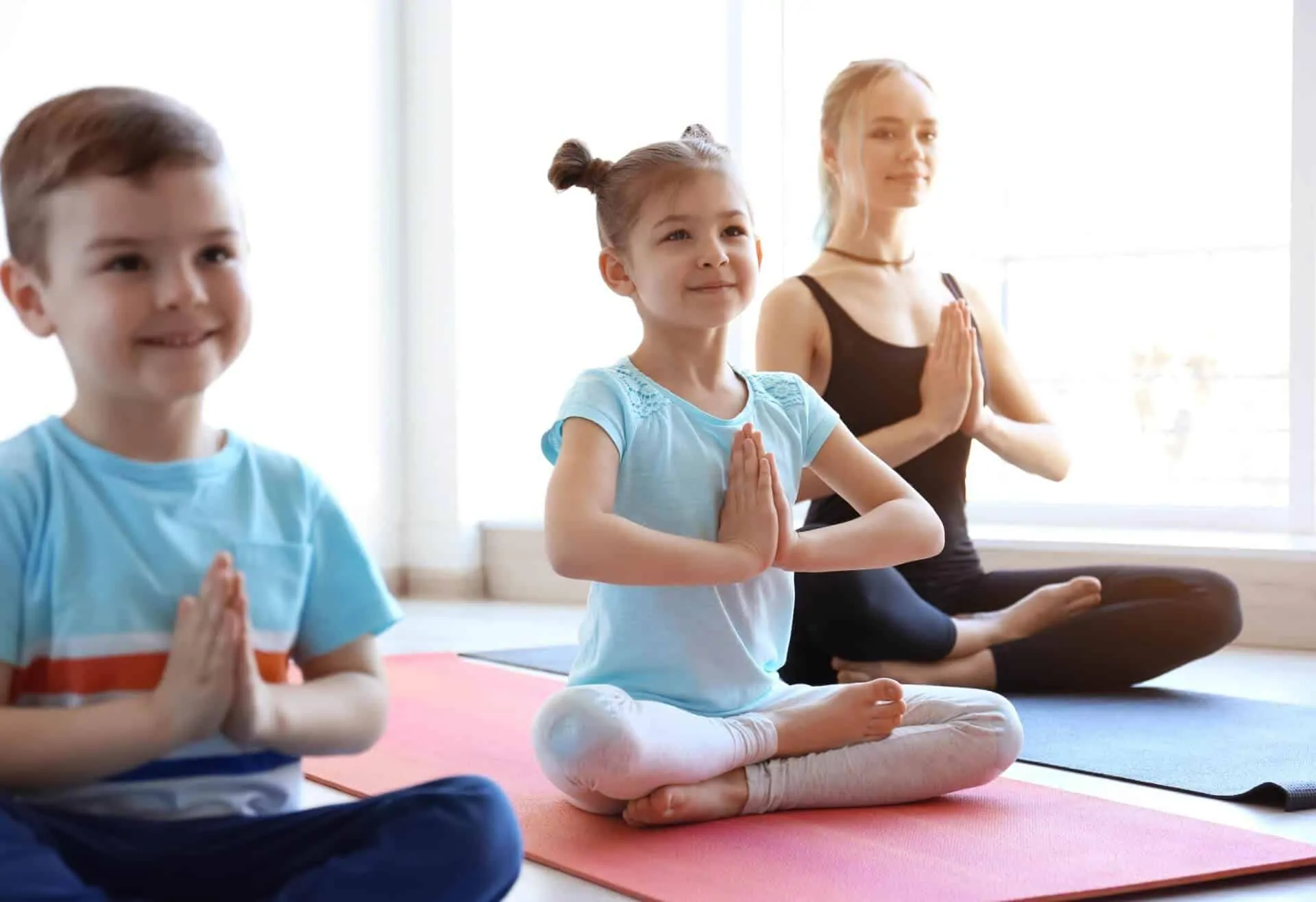I. Introduction
A. The benefits of practicing yoga for physical and mental well-being
Yoga is a holistic practice that offers numerous benefits for the body and mind. From increased flexibility and strength to reduced stress and improved focus, engaging in regular yoga practice can significantly enhance overall well-being.
B. The importance of finding the right frequency for a yoga practice
Establishing a regular yoga practice is essential for experiencing the full benefits that yoga has to offer. However, the right frequency for practicing yoga can vary from person to person based on individual goals, physical fitness level, and availability.
C. Overview of the article’s content
This article will explore the factors to consider when determining how often to practice yoga. It will delve into personal goals and objectives, physical fitness level and experience, as well as time and availability. By understanding these considerations, individuals can find the optimal frequency for their yoga practice.
II. Factors to Consider for Yoga Frequency
A. Personal Goals and Objectives

Setting specific goals and objectives for practicing yoga is crucial in determining the appropriate frequency. Whether the goal is to increase flexibility, reduce stress, or improve overall fitness, understanding the desired outcomes will help tailor the practice to meet those objectives.
- Understanding your specific goals for practicing yoga: Consider the aspects of your physical, mental, and emotional well-being that you hope to address through yoga.
- Determining how frequently you need to practice to achieve those goals: Assess the level of commitment and regularity needed to make progress towards your desired outcomes.
B. Physical Fitness Level and Experience
Individual physical fitness level and experience play a significant role in determining the frequency of yoga practice. It is essential to consider your current abilities and adjust the frequency accordingly.
- Considering your current fitness level and experience with yoga: Be honest about where you are in your yoga journey and the level of intensity that you can comfortably handle.
- Adjusting the frequency of your practice based on your capabilities: Beginners may need to start with fewer sessions per week and gradually increase, while more experienced practitioners may be able to handle a higher frequency.
C. Time and Availability
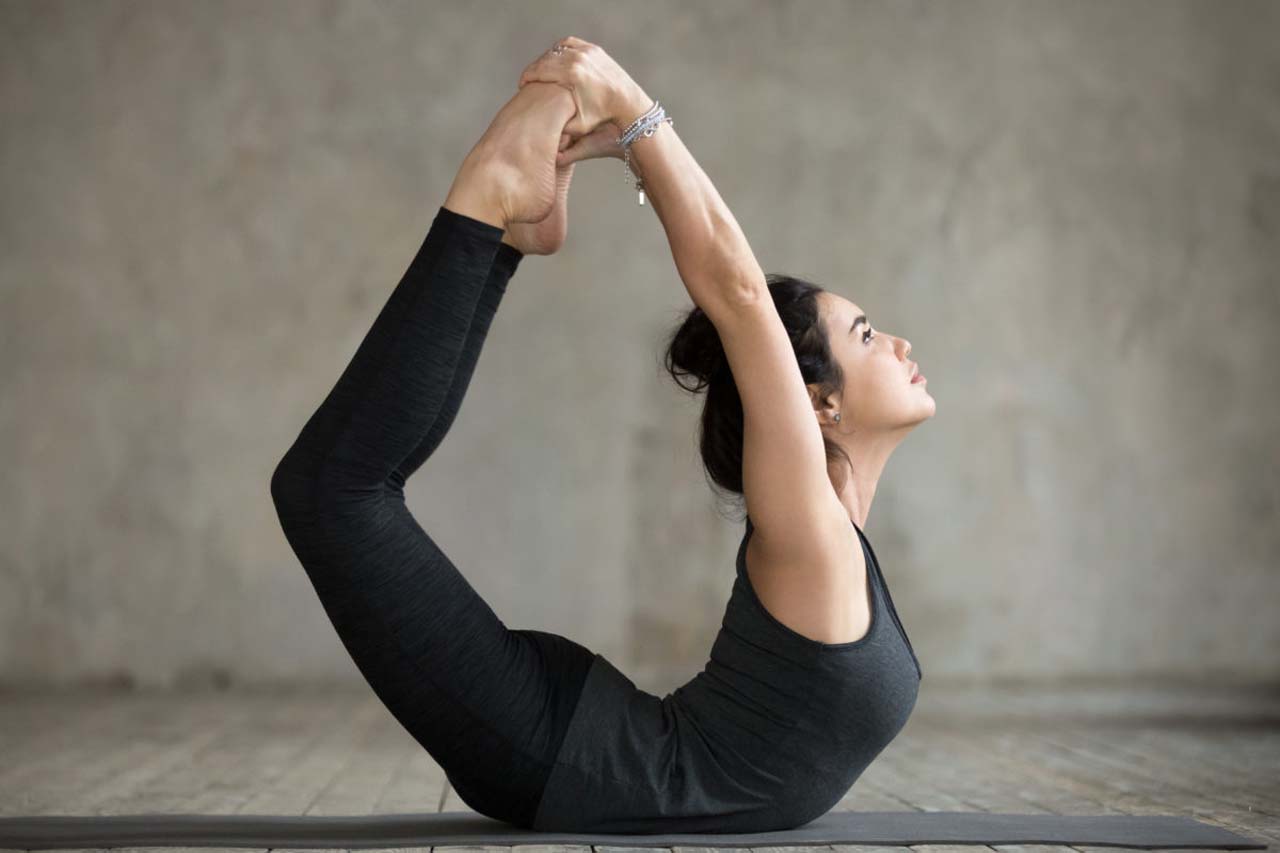
The time and availability you can commit to yoga practice are also vital factors to consider when determining how often to practice.
- Assessing the time you can commit to yoga practice: Evaluate your schedule and determine how many sessions per week are feasible based on the time you can allocate.
- Balancing your schedule to integrate regular yoga sessions: Find a balance between work, personal commitments, and self-care to ensure consistent and sustainable practice.
III. Recommended Frequencies for Different Yoga Practitioners
A. Beginner Yogis
For those who are new to yoga, it is recommended to start with a frequency of 1-2 sessions per week. This allows beginners to establish a foundation and become familiar with basic poses and techniques. As strength and flexibility improve, the frequency of practice can be gradually increased.
- Starting with 1-2 sessions per week to establish a foundation: Beginning with a manageable frequency helps prevent overwhelm and allows beginners to focus on learning proper alignment and understanding the fundamentals of yoga.
- Gradually increasing frequency as strength and flexibility improve: As beginners become more comfortable and confident in their yoga practice, they can gradually increase the number of sessions per week. This progression allows for a smoother transition and reduces the risk of overexertion or injury.
B. Intermediate Yogis
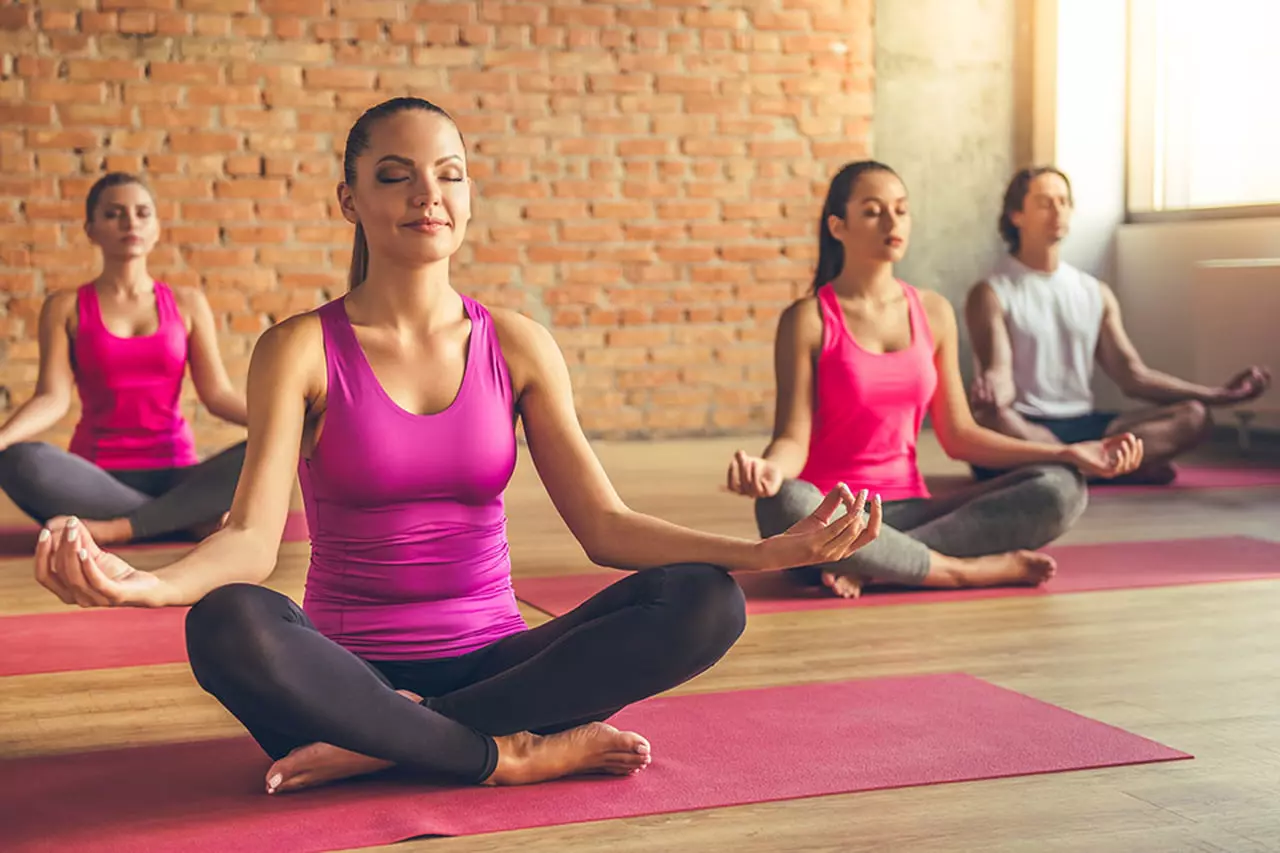
For individuals who have developed a foundational understanding of yoga and have been practicing for a while, a recommended frequency is 3-4 sessions per week. This level of practice helps deepen the practice and maintain progress.
- Practicing 3-4 times per week to deepen the practice and maintain progress: With a moderately increased frequency, intermediate yogis can continue to build strength, flexibility, and focus. This frequency allows for consistent growth and improvement in their yoga journey.
- Incorporating a mix of different yoga styles for variety and growth: Intermediate yogis can explore different styles of yoga to enhance their practice. This variety not only prevents monotony but also challenges the body and mind in different ways, encouraging further growth and development.
C. Advanced Yogis
For experienced yogis who have a strong foundation and have been practicing for an extended period, a higher frequency of 5-6 sessions per week is recommended. However, it is important to listen to the body’s needs and incorporate rest days for recovery.
- Engaging in 5-6 sessions per week to challenge and refine skills: With a more frequent practice, advanced yogis can fine-tune their alignment, delve deeper into advanced poses, and explore more advanced variations. This frequency allows for continued growth and mastery of the practice.
- Listening to the body’s needs and incorporating rest days for recovery: Despite a higher frequency, it is crucial for advanced yogis to listen to their bodies and build in rest days to prevent burnout and allow for adequate muscle recovery. Balancing intense yoga sessions with restorative practices is key to sustaining a long-term practice.
IV. Finding a Balanced Approach
A. Creating a Routine That Works for You
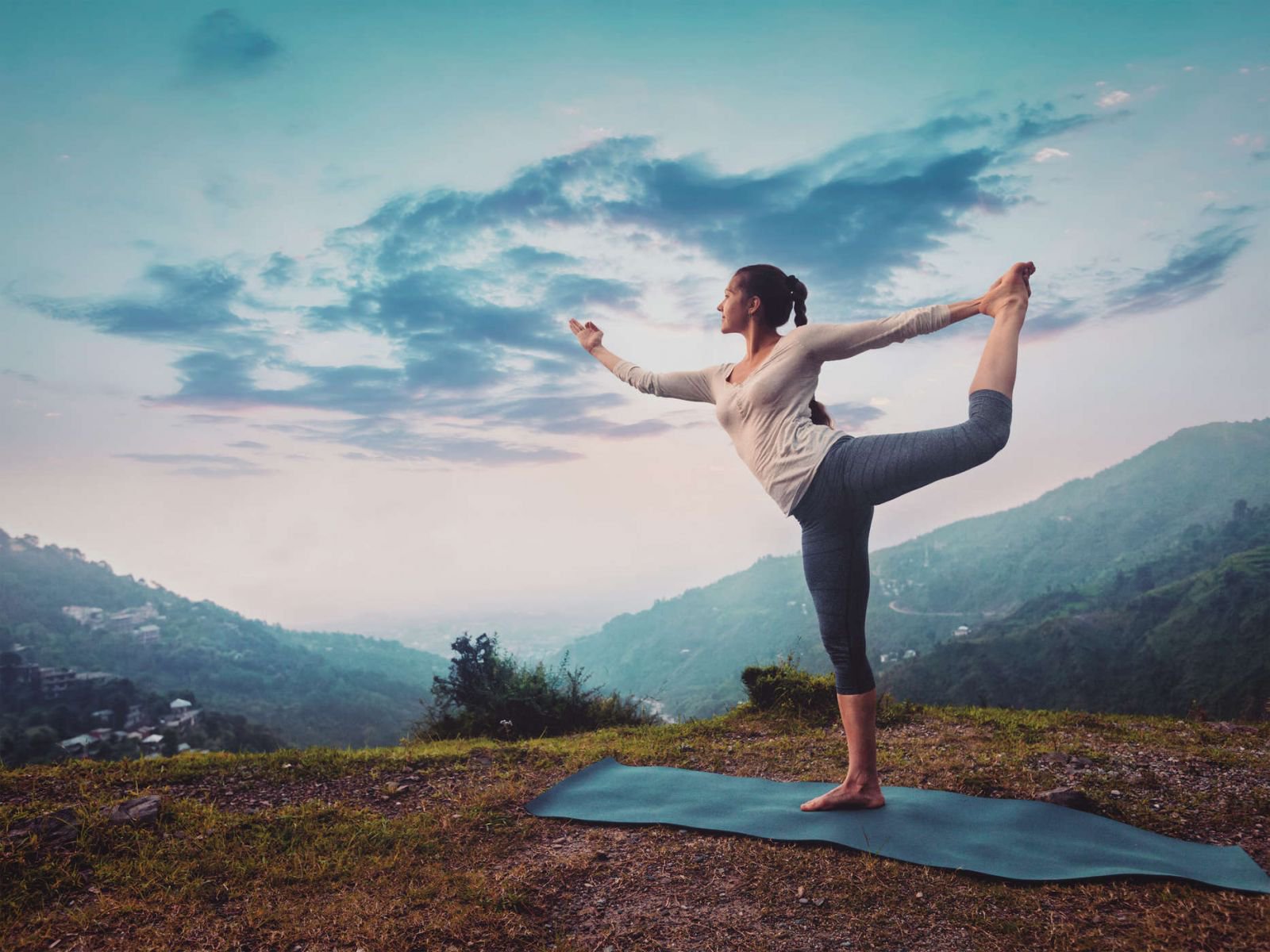
When determining the frequency of your yoga practice, it is important to design a routine that suits your individual needs, goals, and lifestyle. It is essential to set realistic goals and expectations.
- Setting realistic goals and expectations: Understand your own limitations and consider other commitments in your life. Set goals that are achievable and maintainable in the long run.
- Designing a schedule that aligns with your lifestyle and preferences: Find a balance between yoga and other aspects of your life. Consider your work schedule, personal commitments, and energy levels when determining the frequency and timing of your yoga sessions.
B. Incorporating Rest and Recovery
Incorporating rest and recovery into your yoga routine is crucial for muscle recovery, preventing burnout, and maintaining overall well-being. Rest days allow the body and mind to recharge and rejuvenate.
- Recognizing the importance of rest days for muscle recovery and prevention of burnout: Rest days are necessary to allow the body time to repair and rebuild. Over-exercising or practicing yoga every day without rest can lead to muscle fatigue, increased risk of injury, and mental exhaustion.
- Balancing yoga practice with other forms of exercise and self-care activities: Use rest days to engage in other forms of exercise, such as walking, swimming, or gentle stretching. Additionally, prioritize self-care activities such as meditation, journaling, or spending time in nature to nourish and restore both the body and mind.
V. Conclusion
When it comes to determining the frequency of your yoga practice, there is no one-size-fits-all approach. The recommended frequency differs depending on the individual’s experience level, goals, and lifestyle. Beginner yogis may start with 1-2 sessions per week, gradually increasing as they progress. Intermediate yogis can aim for 3-4 sessions per week, while advanced practitioners can challenge themselves with 5-6 sessions per week, allowing for proper rest and recovery. It is crucial to create a routine that works for you, considering your goals, schedule, and overall well-being. Balancing yoga practice with rest days and other forms of exercise promotes a sustainable and enjoyable yoga journey. Remember, finding the right frequency is about creating a practice that supports your physical, mental, and emotional well-being.
